In just a few weeks, I'll be starting my final year with my final four. By the end of the 2023-2024 school year, my eldest son will be launching out into the world, my daughter will still be away at college, and I'll only have my three youngest at home.
Not surprisingly, I'm acutely aware that my days with a houseful of children are numbered. Here is a peek at what the boys will be learning together this year.
Please note: I am a firm believer that when teaching more than one child, a mother has to divide and combine. She has to remember that there are two different types of subjects: skills-based subjects (subjects that must be learned in a particular sequential order, like math) and content-based subjects (subjects that are rooted in broad information that can be learned at any time and in any order, like science or history).
So, with that in mind, be aware that this is only a list of our group subjects--resources that we'll do together. In the coming days, I'll be sharing the skills-based subjects and passion projects that each of my children will be doing individually.
As always, we will adhere to a four-day-a-week schedule. When reading through our curriculum choices, you can assume that the following items will be used four days a week unless otherwise indicated. An item with an asterisk is new to us this year. Technically, I don't homeschool with grade levels, so the following group subjects can easily be adjusted to meet the needs of a wide range of learners.
(This post contains affiliate links. Please see my disclosure policy for full details.)
Morning Time- every day
Our morning time is a non-negotiable in the schedule--an immovable anchor for the past 14 or so years that has helped to create calm in the daily chaos. While some moms pack their Morning Time full and overflowing, I like to keep it simple, including only the things that will build our faith and our relationships with God and each other. I figure if
I can start our day peacefully with this short but very intentional benchmark, I can count the entire day as a success even if the rest of it gets derailed.
Plus, Morning Time should only contain the most important things, in my humble opinion. If I jam a million things into that time, then I'm basically saying that everything is equally as important, inadvertently making nothing important.
And like Charlotte Mason, I don't feel like kids should sit for hours doing lessons. I try to keep each part of our day short. Do I read aloud a fun fiction novel to my kids? Yes. Do we do content subjects like history and nature study as a group? Yes. But I place those activities in the day at other times. Because they are not the most important things. Bible/Faith building and pleasure reading are my TOP 2 and so I put them first and set them apart in our agenda.
To be done daily
- Review one old hymn and/or praise and worship song from our homemade songbook.
- Review previously learned manners with 100 Manners to Teach Your Kids Before They Turn 18 list and read one page from Manners Made Easy for Families. (We are halfway done with it from last year.)
- Listen to one KidNuz podcast episode. (This is not a Christian podcast. But it is edited in kid-friendly sound bites, is only 5-6 minutes long, and gives us many talking points to explore regarding current events. Sometimes we agree with the show and sometimes we don't, but we have good discussions either way.)
- Read for 15 minutes at the end of Morning Time. We will each grab the individual books we're currently reading for pleasure and read, even me!
To be placed in a "loop"

History- 2x a week
History should never be studied using a dry-as-dust textbook, in my opinion. It should always be learned through living literature, field trips, videos, and conversations with the real, flesh-and-bone people who lived it.
This year, the youngest three kids and I will be learning about Minnesota State History. Using my
tried-and-true method, I've pieced together a unit study that focuses on our state. (These resources will pull double duty, as I'll also be teaching state history at our co-op during the first semester.)
I'll be using the following: (Please note: some of these we will read together and some of these my boys will read on their own.)
Minnesota: a True Book*
Seeds of a Nation: Minnesota by P.M. Boekhoff and Stuart A. Kallen*
The Story of Minnesota by Jerry Fearing*
Minnesota History in Light of the Cross by Kennith C. Davis*
In addition, I have purchased a household membership pass to the
Minnesota Historical Society so that we can take field trips to key sites around our state. My boys will each make a state notebook (using our
Notebooking Page membership) that they'll continue to add to throughout the year. In it, they'll include information on Minnesota's geography, history, climate, culture, recipes, etc. My co-op class will make a miniature version of this in a lapbook form.
I'll also use the following resources to show my kids what was happening in other parts of the world during the same time as an event we're learning about in MN History:
Extracurricular Activities
Following our afternoon read-aloud time, which generally happens right after lunch clean-up, my youngest three sons and I will do one of three extracurricular activities together. These will be placed on a loop. We will do one activity each day and once we've rotated through all the activities, we'll start the loop all over again. Because I want to cover US Geography more frequently than all the other extras, I will place it on every other loop slot.
Our loop will be as follows: - US Geography
- Art
- US Geography
- Documentary
US Geography
Along with many living picture books, we will continue to use the resources we started last year as spines to help us learn the last half of the 50 states in the order of their admittance to the union. We'll practice the states/capitals, read from one of the spines, add to our
US Geography notebook, and make one state-specific meal throughout the week

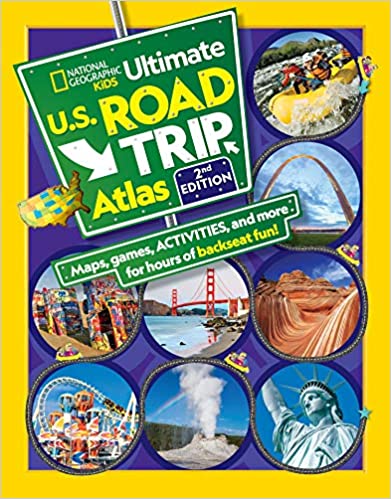
Art
Discovering Great Artists- As we continue this study of the great masters that we started last year, we will keep learning proper art terminology, basic techniques, and creative style. In addition, we will be introduced to some popular artists, look at their most famous works, and spend time creating a project using their style or preferred art medium. These art pieces will be combined with a brief handwritten narration/bio of the artist and placed in the
Art Notebooks that we've been compiling for the past six or seven years.
We will use the following two art encyclopedias for reference and art samples:
(Please note: Because these are art history books, they contain many nude portraits and require parental vetting and control.)
You Are An Artist Clubhouse- We have a membership to this online chalk pastel art course. We'll complete a chalk painting every now and then to add variety to our art time.

Documentaries
Like in years past, once a week, we plan to watch a documentary or a How It's Made type show together, watching 30-minute increments for a couple of weeks until we've completed an entire video. Then we'll move on to another one the following week.
Cooperative Learning- 2-3x a month
We've been members of a local co-op for the past four years and will continue with that monthly enrichment throughout the coming school year. My kids will take two grade-level appropriate classes taught by other homeschooling parents each semester for a total of four classes each during the entire year.
2023-2024 Curriculum By Grade Level
Stay tuned in the coming days. I'll be sharing the curriculum that I've chosen for the individual core subjects for the following grades:
Curriculum choices from years past
2018-2019 (10th, 7th, 6th, 4th, 1st)2017-2018 (9th, 6th, 5th, 3rd, K-5)2016-2017 (8th, 5th, 4th, 2nd, Preschool)



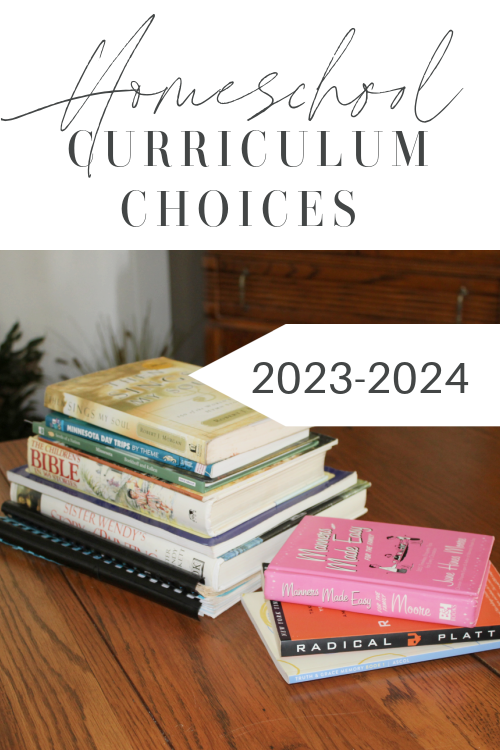



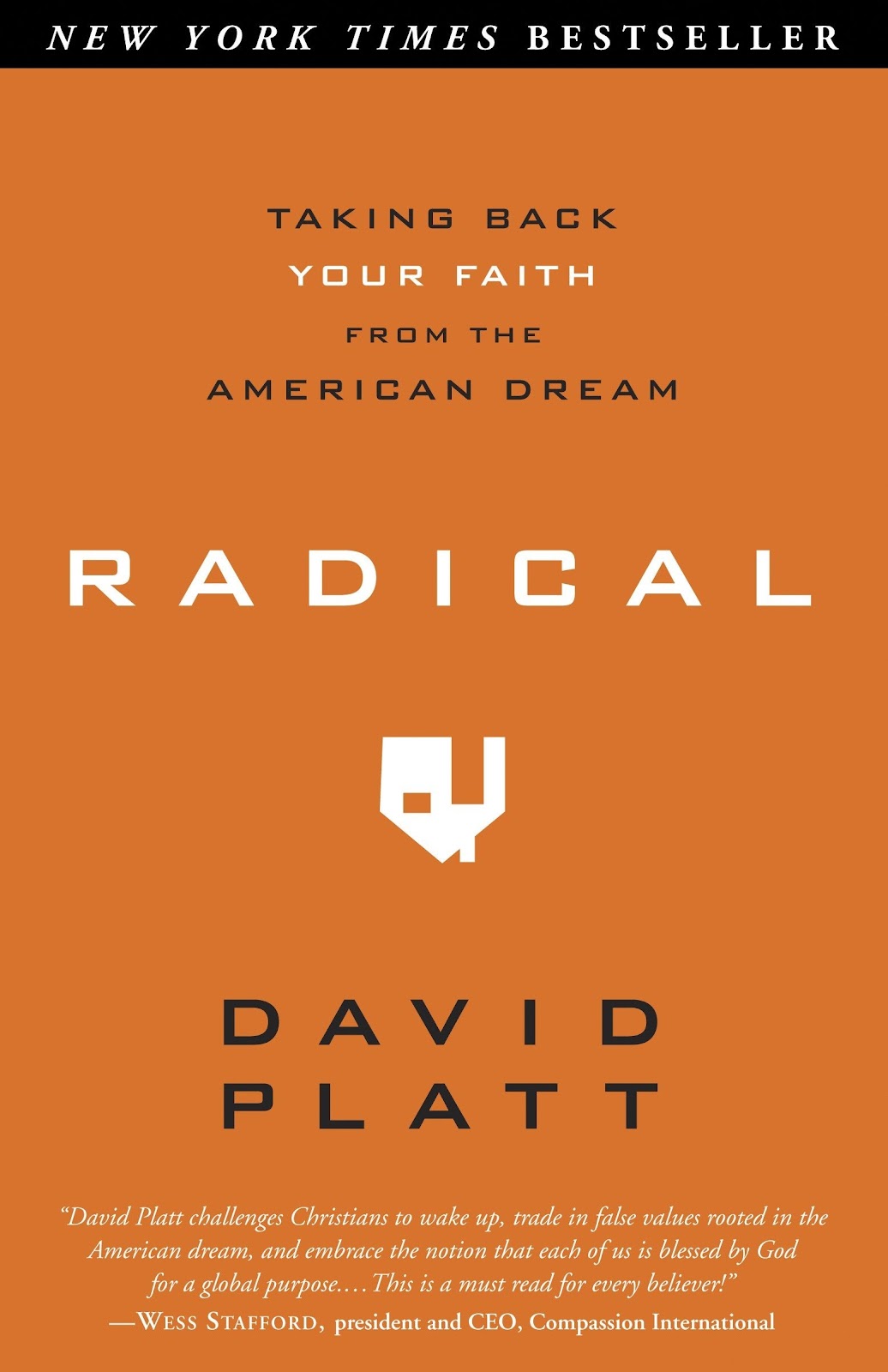


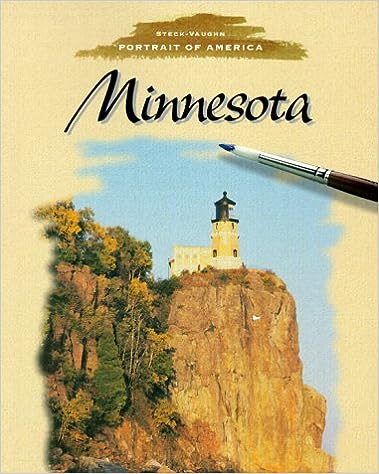


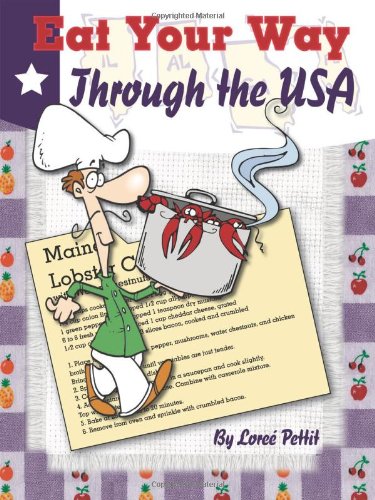






Hey Jamie! I’d like to start watching more documentaries like you’ve mentioned. My kids range from 8 to 14 (three boys and then oldest girl). Do you have any go to appropriate channels to recommend?
ReplyDeleteI don't follow any particular channels. I just search for particular topics we are interested in and then vet the reviews.
DeleteYes, it's been the best way to start the day on a gentle foot. Each year I change the song. I try to pick upbeat songs that will get us perked up and ready to launch but which will also point our hearts toward worship.
ReplyDeleteHi, Jamie! I really appreciate your blog. It has been a helpful resource at times throughout my homeschooling years.
ReplyDeleteDo you have a list of the living picture books you have used for state geography? And do your highschoolers listen to them as well as the younger ones? Sometimes my oldest son feels like he's being treated like a little kid when he has to sit in on some of those readings.
I actually don't have a predetermined list of books. I slip them into our daily readings as I find them.
DeleteYes, my highschoolers listen to picture books too, but perhaps because we've always done it that way. They see it as a way to be introduced to a topic before having to read a lengthier chapter book by themselves. I also had a conversation with my older ones early on about how listening to picture books is a way for them to encourage their younger siblings and sacrifice time for someone else.
Thank you!
ReplyDeleteYou're most welcome!
DeleteThis really is so helpful. I have felt really stuck in the mornings on what to do, thank you for sharing! I know its a lot of work to compile all of this- you are such a blessing!
ReplyDeleteMy 10th grader struggles with vocabulary and reading comprehension. What curriculum would you recommend to help with that?
ReplyDeleteAs simple as it sounds...reading great books with you and having good discussions about them. No curriculum will do more for vocab and comprehension building than actual books can.
DeleteYou're amazing! Thank you for sharing your God-given gift of writing and sharing your experiences with others! I have a question: In your loop schedule, how long do you read your Missionary and Christian Living stories? I know it's once a week but what's the duration of time you read? 15 minutes? 30 minutes? Do you have a discussion afterward? My kids have read about missionaries on their own, but I think this is such a wonderful idea to incorporate these books as a whole. So just curious how long do you read during that once-a-week time frame? Any discussion?
ReplyDelete